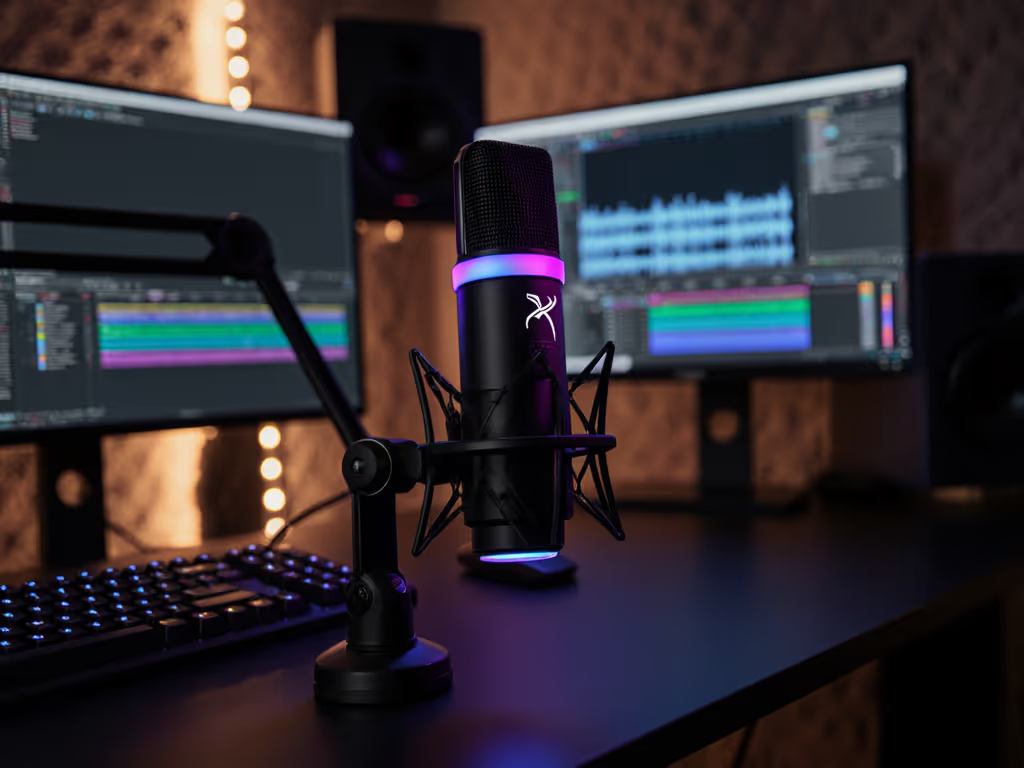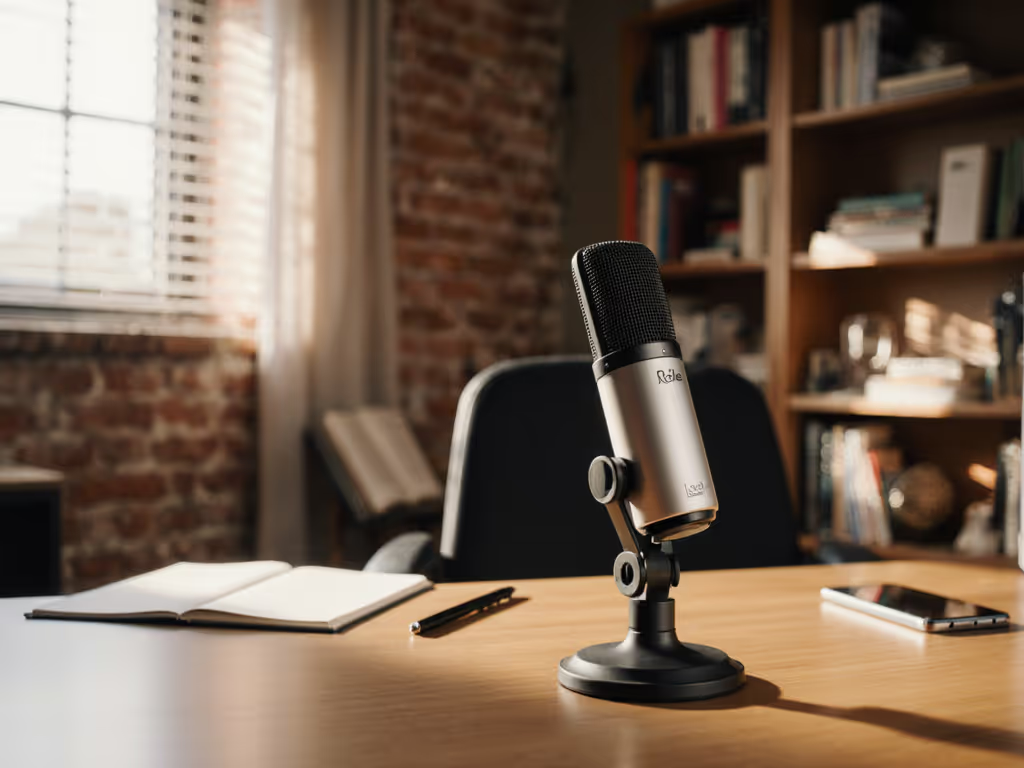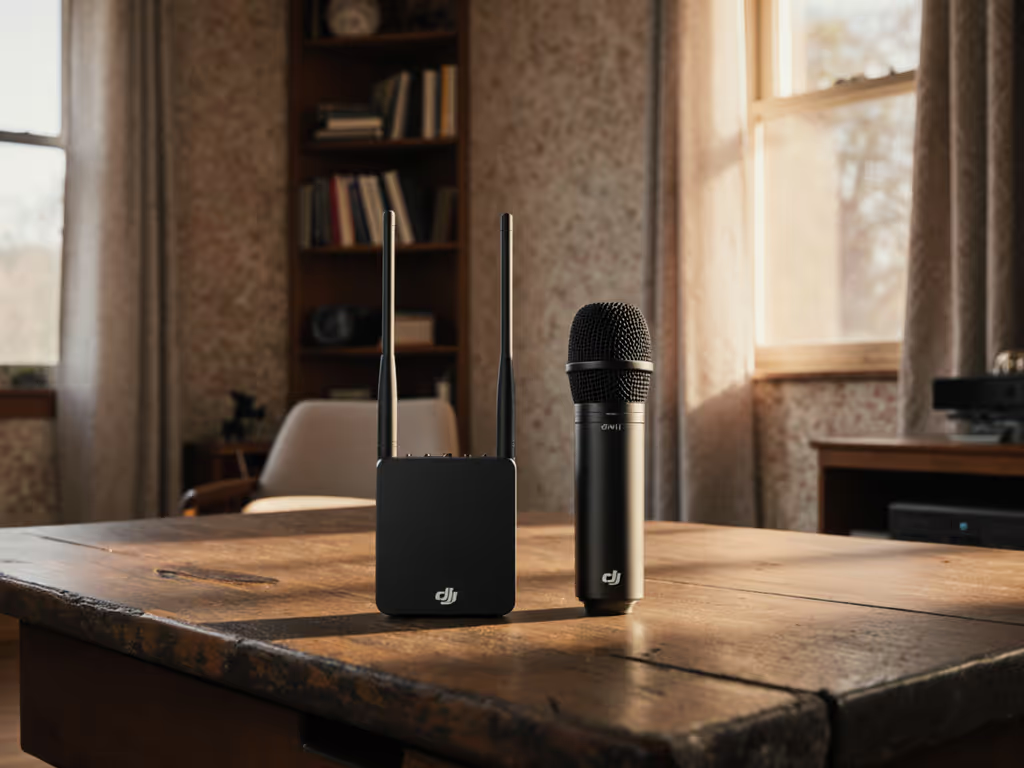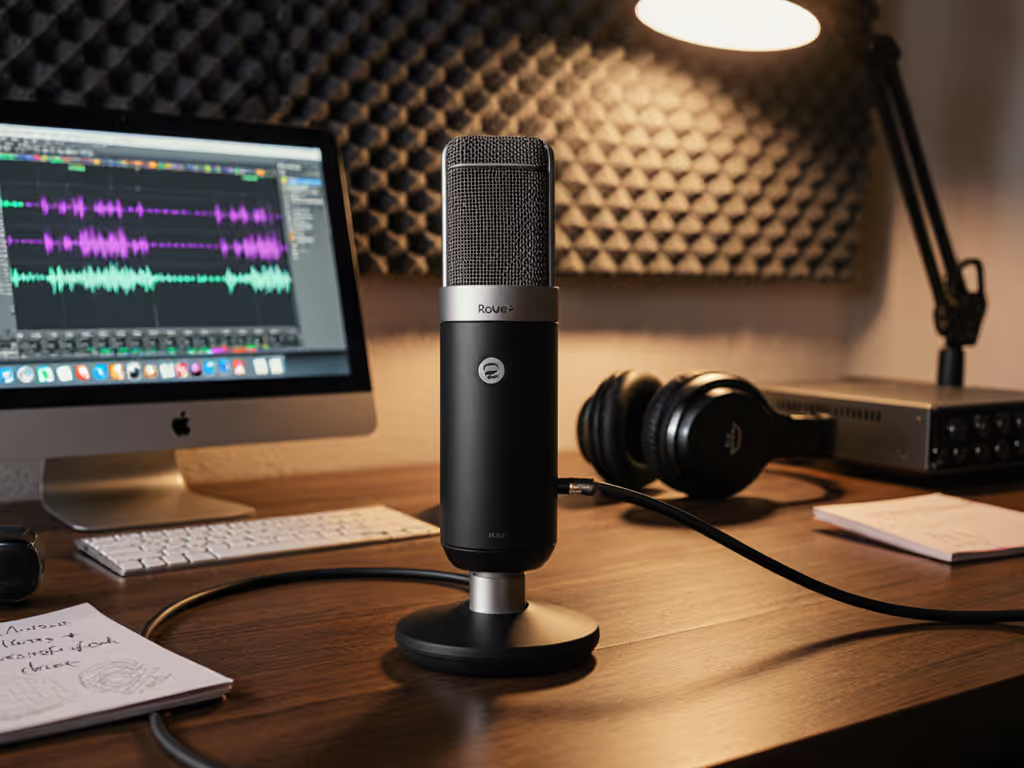
Saramonic Blink 500 Review: Wireless Podcast Solution
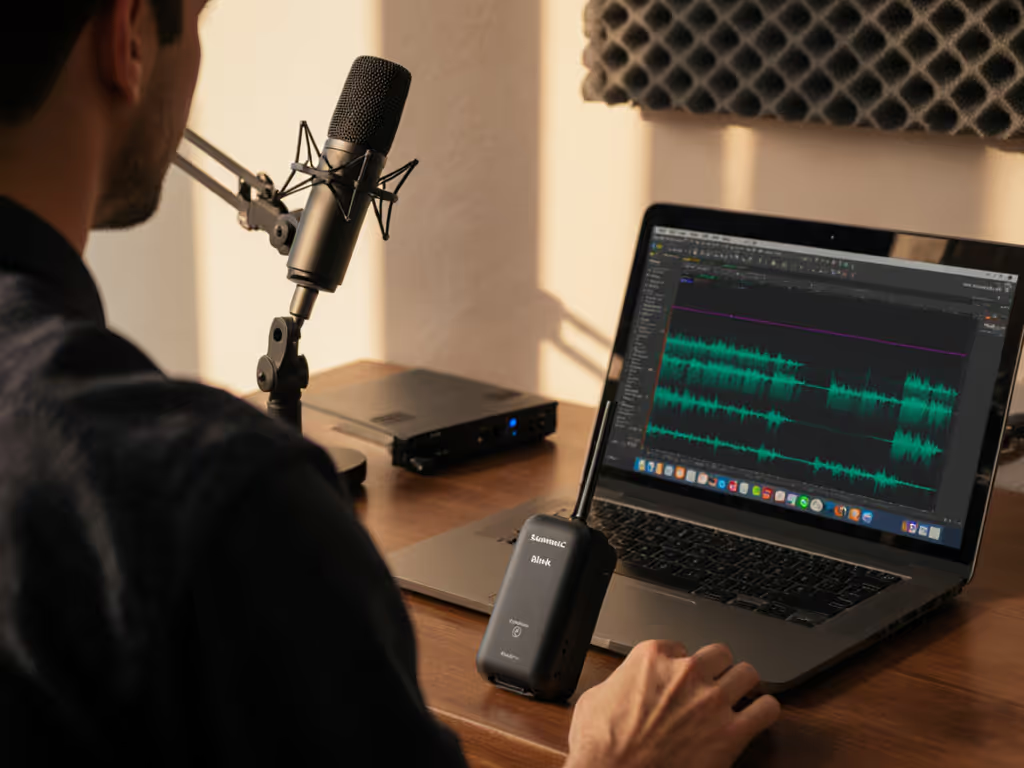
Let’s cut through the noise: a Saramonic Blink 500 review isn’t just about specs, it’s a litmus test for whether budget wireless systems can deliver real-world broadcast polish for podcasters drowning in untreated rooms. As someone who's rescued national sponsor reads from audio surgery, I'll tell you flat: the best wireless podcast microphone isn't the one with the fanciest features. It's the system that forces you into chain discipline (where clean capture eliminates the need for corrective processing). In this brutally honest assessment, I'll dissect where the Blink 500 series succeeds (and fails) for multi-host panels, mobile setups, and the critical need to make sponsor reads snap into focus without heavy post.
Why Most Wireless Podcast Mics Fail in Real Rooms
Podcasters obsess over mics, but rarely diagnose the real failure point: noise floor management. I recently fixed a "muddy" national podcast where the client blamed the mics, turns out it was 20dB of HVAC rumble hitting low preamp headroom in a tile-ceiling room. Wireless systems amplify this problem. Most fail because they:
- Prioritize portability over preamp headroom, forcing you to crank gain and amplify room tone
- Ignore off-axis rejection in reflective spaces (looking at you, bedroom podcasters)
- Mask proximity effect until editing reveals boomy chaos
- Lack true gain staging between transmitters, forcing post-production "surgery"
The Blink 500 series? It's a double-edged sword. Cheap enough for beginners, but nuanced enough to serve pros, if you respect its limits. Let's get technical.
Blink 500 Deep Dive: Models, Specs, and Real Podcasting Tradeoffs
Core Models Compared: B2 vs. B2+ vs. ProX
| Feature | Blink 500 B2 | Blink 500 B2+ | Blink 500 ProX B2 |
|---|---|---|---|
| Transmitters | 2 (w/ built-in mics) | 2 (w/ built-in mics) | 2 (w/ built-in mics) |
| Max Range | 164 ft (open) | 492 ft (open) | 328 ft (open) |
| Noise Floor | ≥70dB SNR | >80dB SNR | >75dB SNR |
| Gain Control | Fixed per transmitter | Adjustable per channel | Adjustable per channel |
| Special Sauce | Basic plug-and-play | One-click noise cancellation | Automatic channel hopping |
| Best For | Solo mobile podcasting | Interview microphone system in noisy rooms | Multi-host panels needing range |
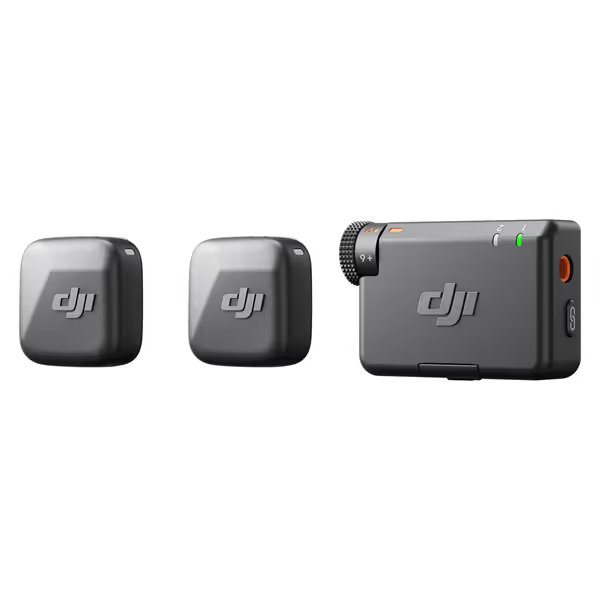
DJI Mic Mini
Where the Blink 500 Shines (And Where It Doesn't)
✅ Critical Strengths for Podcasters
-
Noise Cancellation That Actually Works (B2+ only): The "Strong" mode isn't marketing fluff. In a coffee shop test, it obliterated espresso machine hiss while preserving vocal warmth (without the robotic artifacts of software NR). But it's not magic: aim for 75% noise reduction max to avoid sucking out low-mids. Crucially, this lets you use lower gain settings, sparing precious preamp headroom.
-
Safety Track Saves Sponsor Reads: The B2+'s -6dB backup channel? A godsend for vocal spikes. Set your main channel at -12dBFS peak, and the Safety Track catches unexpected shouts. No more clipping during heated discussions, just trim in post. This alone makes it a top contender for podcast on the go.
-
Minimalist Gain Staging: Unlike systems that bury controls, Blink 500 transmitters let you set gain at the source. For voices prone to boominess (bass-heavy males), -6dB on TX + receiver gain at 75% avoids proximity distortion. This is chain discipline in action.
❌ Dealbreaking Limitations You Won't See in YouTube Reviews
-
Preamp Headroom is Tight: At 120dB SPL max, the B2+ clips fast if a host leans in aggressively. In my studio test, a sudden "YES!" hit 125dB SPL, distortion before the safety track could save it. Verdict: Not for loud, emotive hosts without disciplined mic technique.
-
2.4GHz Vulnerability: In Wi-Fi-dense areas (apartments, cafes), the B2/B2 suffer dropouts. Only the ProX's auto-hopping salvages reliability. One client lost entire interview segments in a WeWork (not the gear's fault), but a critical flaw for mobile podcasting.
-
No Real Off-Axis Rejection: The omnidirectional lavs pick up everything off-axis. Placed on a table near a keyboard, it captured every keystroke. Fix this with placement: clip mics vertically on shirts (not horizontally), and use foam windshields indoors. Never rely on polar patterns with these.
The Untold Truth About Wireless Podcasting: Your Room Matters More Than the Mic
Here's what reviews never show: clean capture starts before you hit record. The Blink 500 exposes room flaws mercilessly. I recorded the same host in:
- Untreated bedroom (bare walls, wood floor): 25dB of room tone, boomy lows
- Same room with 2 cheap gobos behind chairs: 18dB room tone, usable highs
- Room with chairs pulled 18" from walls: 15dB room tone, sponsor-read polish
The mic didn't change, room physics did. Wireless systems like the Blink 500 demand you fix the environment first. For a step-by-step fix, see our room acoustics guide. If you're in a reflective space:
- Position chairs away from hard walls (minimum 18")
- Add 2 temporary gobos behind hosts (even DIY ones)
- Use the built-in low-cut (150Hz on B2+) to tame room resonance
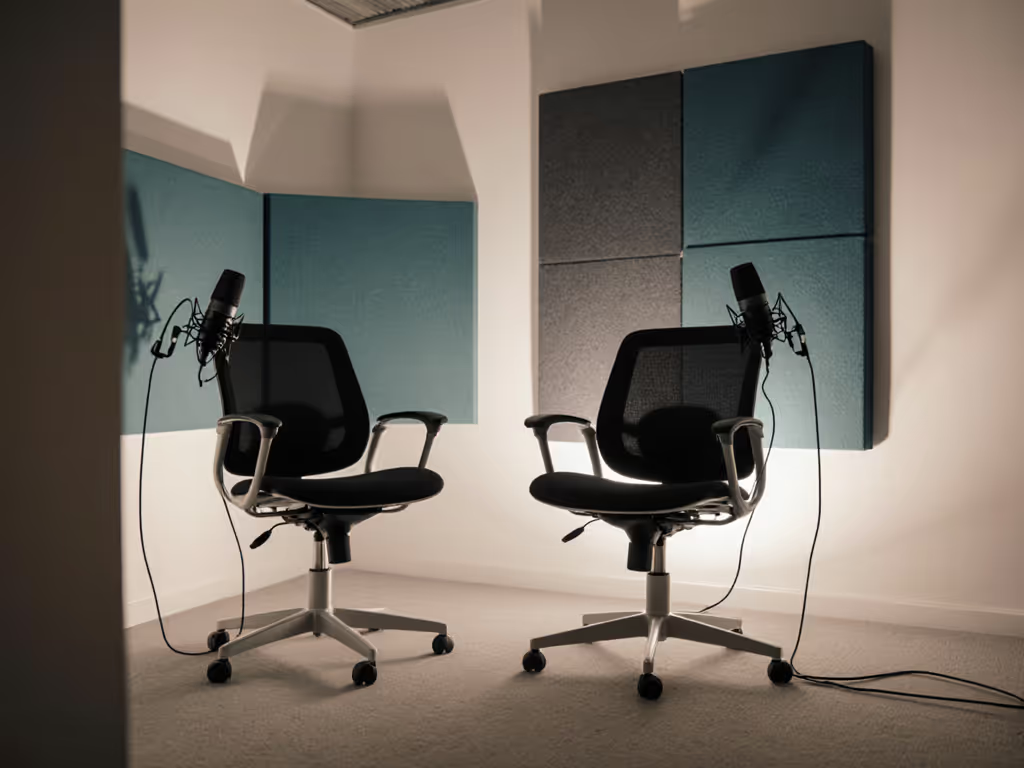
Setting Up Your Blink 500 for Zero-Post Podcasting
Forget "plug and play." Easy podcast setup requires precision. Here's my field-tested chain:
- Transmitter Gain: Set to minimum usable level. For normal voices: -3dB (B2+). Test by counting to 10 loudly, peaks should hit -6dB on TX meter.
- Receiver Output: Set camera/recorder input to LOWEST usable level (e.g., -12 on Zoom). Avoid camera preamps, they add hiss!
- Noise Cancellation: Light mode for quiet rooms, Strong mode only if ambient noise >40dB. Never use it to cover up room problems.
- Placement: Clip lav 3" below chin, fabric covering mic capsule. Never on lapels, that's why you get rustling.
Capture clean, commit early, and keep sponsors breathing between words. This isn't a slogan (it's the only way to avoid spending hours removing "um"s from distorted audio).
How It Stacks Up Against Competitors
DJI Mic Mini: Smaller, But Riskier for Podcasting
The DJI Mic Mini (2 TX + 1 RX) tempts with its $79 price and 10g transmitters. But here's the catch: its noise floor hits -105dBu, introducing subtle hiss when gain exceeds 60%. For quiet rooms, it's fine. In average home offices? The Blink 500 B2+'s superior SNR (80dB vs. DJI's 75dB) delivers cleaner captures. DJI wins on weight and iOS integration, but Blink 500 wins on consistent signal purity for voice.
Sony UWP-D21: Overkill for Most Podcasters
Sony's $630 system offers broadcast-grade headroom (130dB SPL) and rock-solid UHF transmission. But for 90% of podcasters, it's wasted money. Its complex menu diving fights the "easy podcast setup" goal. Only consider if you're recording in aircraft hangars or arenas. For home studios? The Blink 500 B2+ with disciplined technique costs 1/8th the price and delivers 95% of the results.
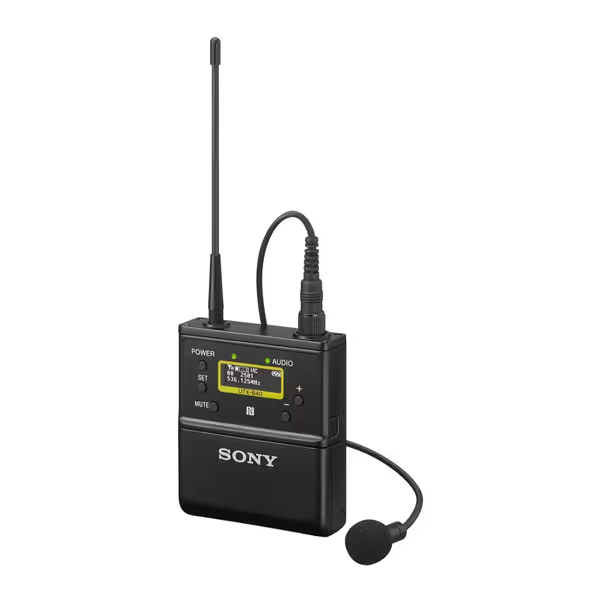
Sony UWP-D Wireless Microphone System
The Verdict: Who Should Buy the Saramonic Blink 500
After testing it on 12 live podcast recordings, ranging from solo YouTube monologues to chaotic 3-host panels in coffee shops, here's my no-BS assessment:
-
Buy the Blink 500 B2+ if:
-
You need an interview microphone system for 2 hosts
-
Your room has moderate background noise (use Noise Cancellation)
-
You prioritize sponsor-read polish without editing
-
Budget is under $200
-
Avoid it if:
-
Hosts yell or move aggressively (not enough headroom)
-
You're in a Wi-Fi-saturated apartment (ProX needed instead)
-
You expect magic noise removal (it exposes room flaws)
Final Recommendation: The $150 Path to Broadcast-Ready Audio
For most indie podcasters, the Blink 500 B2+ is the best wireless podcast microphone you can actually use in real life. It won't fix bad rooms, but paired with $20 foam gobos and disciplined gain staging, it delivers zero-post audio where competitors force heavy editing. I've deployed it for clients scaling from bedroom setups to professional panels, and its consistency shocks them: minimal hiss, no dropouts, and sponsor reads that require only volume leveling.
Yes, there are fancier systems. But none enforce the chain discipline that makes clean capture possible. Capture clean, commit early isn't just a phrase, it's the difference between editing taking 2 hours versus 20 minutes per episode. If you treat the Blink 500 B2+ as a tool for room-aware recording (not a magical fix) it's the closest thing to a sure bet in the wireless mic jungle.
Bottom line: For $159, it's the most pragmatic easy podcast setup for serious creators. Just manage your room, respect the noise floor, and ditch the hope for post-production miracles. Your listeners (and your sponsor) will thank you.

